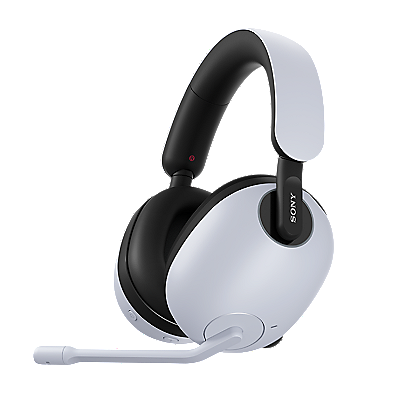Essential movie-recording settings
These suggested settings will help you prepare for movie recording on α interchangeable-lens digital cameras. Refer to this information the first time you record movies with your α camera.
Here, we'll also explain the reason for each setting. Other settings are also available that may suit your preferences or the scene you're recording. Explore your options to find your favorite setting values.
| Setting | Recommended Value |
|---|---|
| File Format | XAVC S HD |
| Record Setting | 30p 50M |
| Shutter Speed | 1/60 sec |
| Exposure/ISO | ISO AUTO |
| Aperture (f-number) | As low as possible |
| White Balance (WB) | AWB (change as needed) |
Resolution
First, decide on a resolution.
From MENU, select File Format and choose 4K (3840×2160) or HD (1920×1080). With four times higher resolution than HD, 4K offers impressive image quality, but because the amount of data is also four times higher, less time is available to record to memory cards, and computers will work harder to edit these files. As a beginner, consider recording your first movies in HD resolution, which is easier to work with but still offers good image quality.
Frame rate
Next, decide on a frame rate in Record Settings.
As the number of still images shown per second of video, the frame rate can be set to 24p, 30p, 60p, 120p, or other options (depending on the model) on the camera setting screen.
The higher the value, the more frames are shown in a given amount of time, so the smoother the display will be. Choose your preferred frame rate to suit how the movie should look.
120p is a good choice for creating smoother slow-motion video (with 24p being up to five times slower than normal speed) later when you edit the movies on a computer.
Some recommended values
- Beginners recording their first movies should consider trying 30p or 60p initially, which correspond to common TV frame rates. Record at 60p, and you can create slow motion up to twice as slow as normal speed without video looking choppy, after editing on a computer and exporting as 24p or 30p.
- If you prefer not to edit but want your videos to look cinematic when played, try recording at the common movie frame rate of 24p.
- To record for a cinematic look while ensuring maximum freedom in editing, use 60p. In editing, this also allows you to create slow motion up to 2.5 times slower than normal speed by choosing 24p.
Shutter speed
Once you've decided on a frame rate, set the shutter speed. As a guideline, choose a shutter speed that, expressed in seconds as a fraction, is 1 over a denominator equivalent to double the frame rate. For a frame rate of 30p, this would be a shutter speed of 1/60 second. Note that 60p and 24p would correspond to 1/120 second and 1/48 second, but because cameras don't offer these settings, choose the closest available shutter speed. When shooting indoors, also account for flickering light sources.
| Frame rate | Shutter speed |
|---|---|
| 30p | 1/60 sec |
| 60p | 1/125 sec |
| 24p | 1/50 sec |
- 50 Hz: 1/50 sec or 1/100 sec
- 60 Hz : 1/60 sec or 1/125 sec
Aperture and ISO sensitivity
After setting the frame rate and shutter speed, set the aperture (f-number) and ISO sensitivity.
Although optimal aperture settings also vary by lens, many people prefer to blur the background by choosing a setting near maximum aperture. But because your movies will be too bright if you're recording outdoors in daylight, in those kinds of situations, consider using an ND filter to adjust the amount of light entering the camera.
As for ISO sensitivity, lower values will help you control image noise, which tends to occur at higher ISO sensitivities. You can also try AUTO for your first movie recording.
White balance
Scenes look warm under incandescent lighting.
Under sunlight, scenes look cool.
Subjects in your movies are affected by the various types and characteristics of light. White balance settings compensate for unwanted effects of light in the shooting environment to make white areas appear white. Beginners should start with auto white balance (AWB).






















